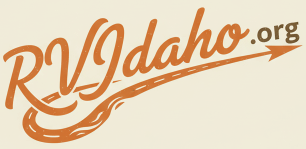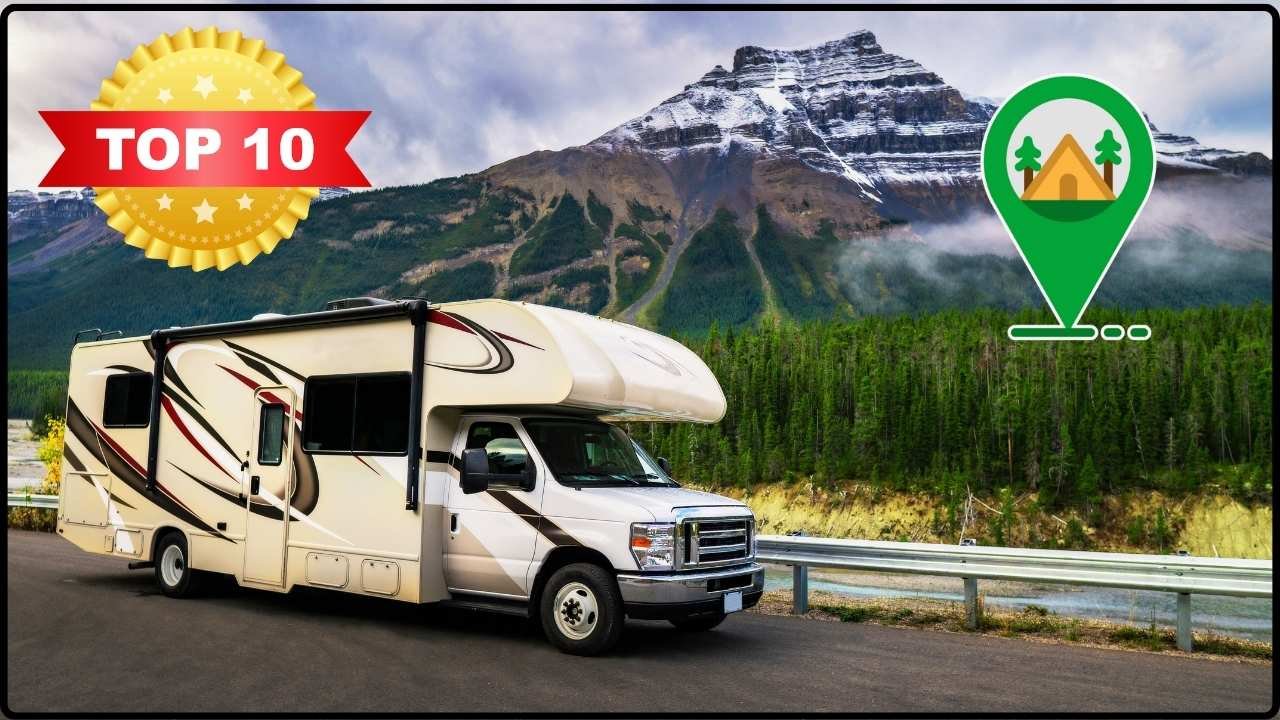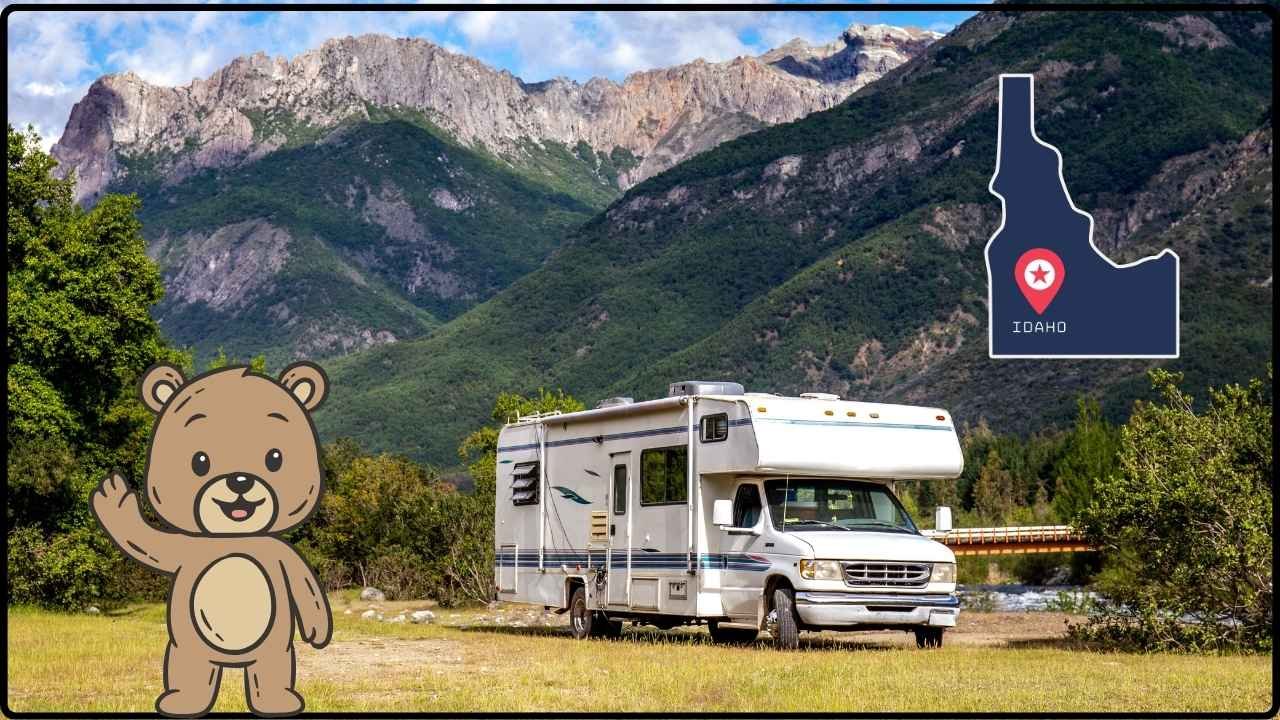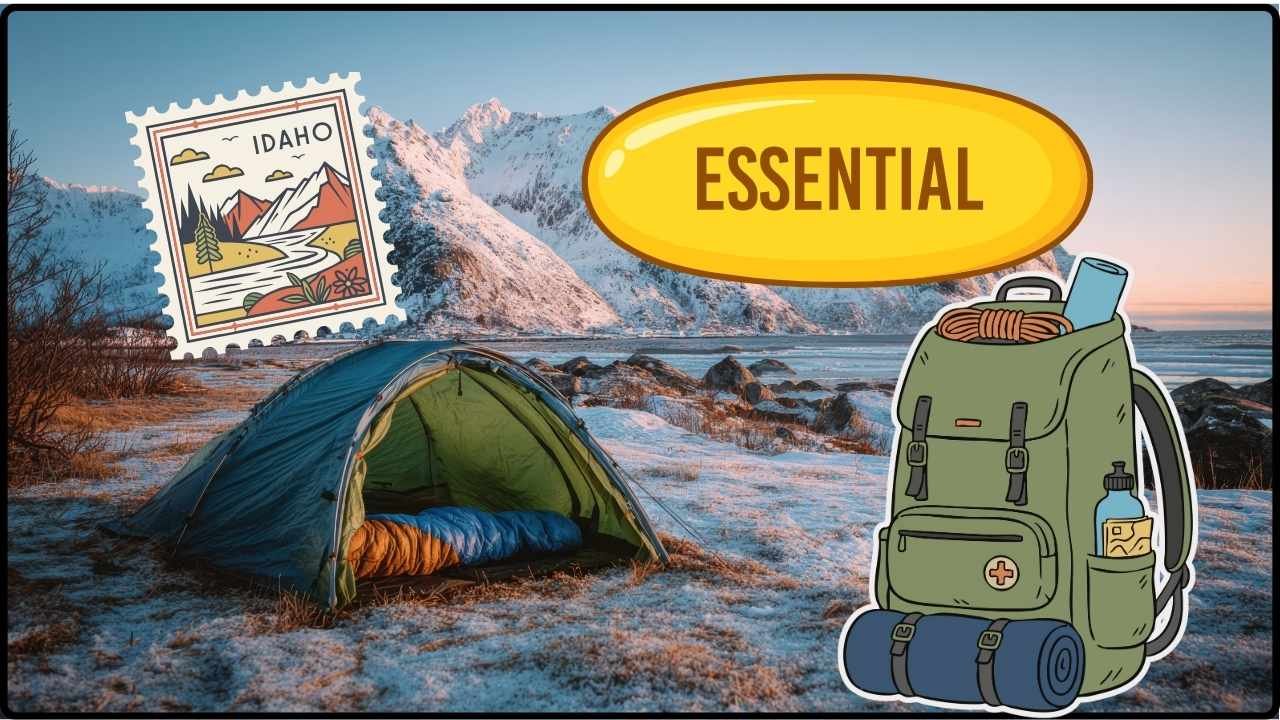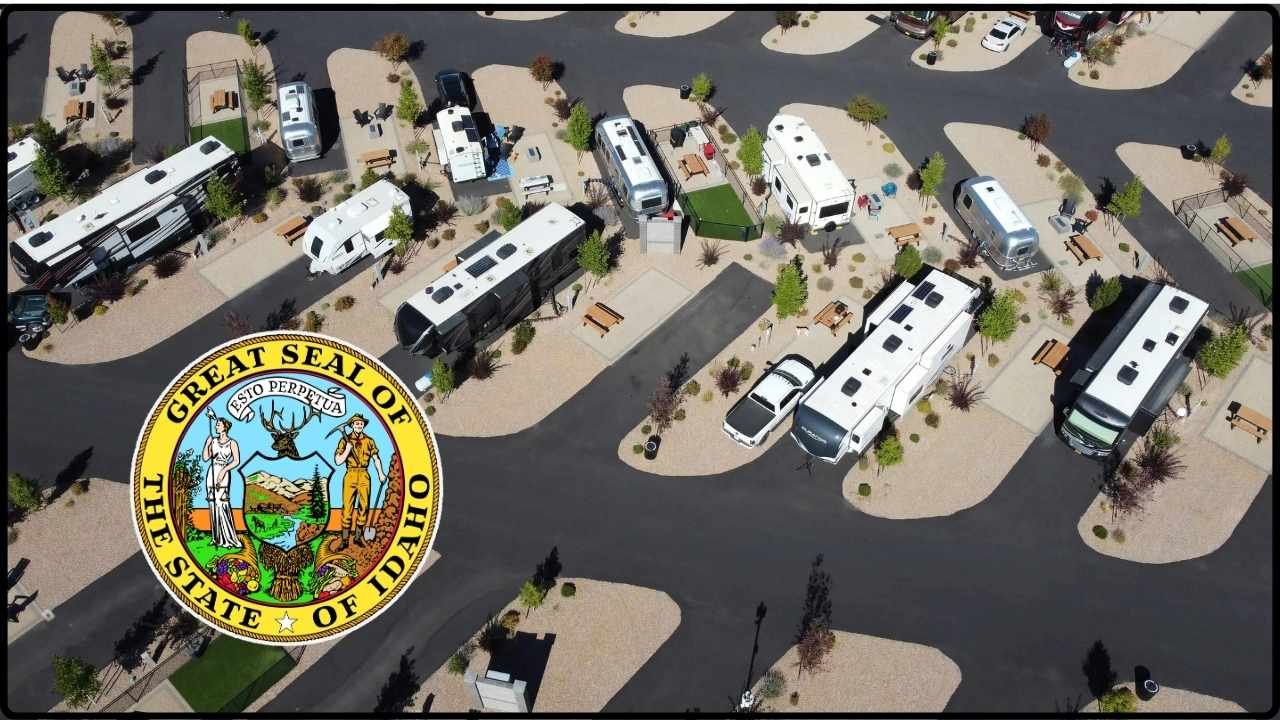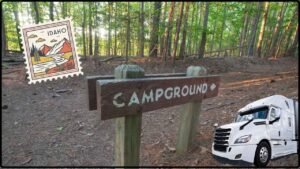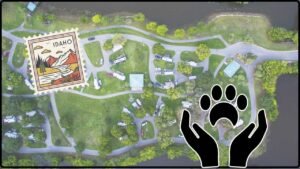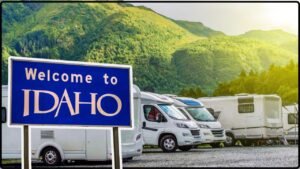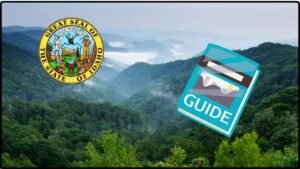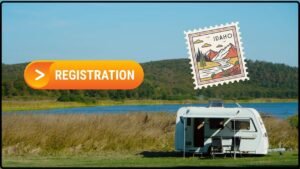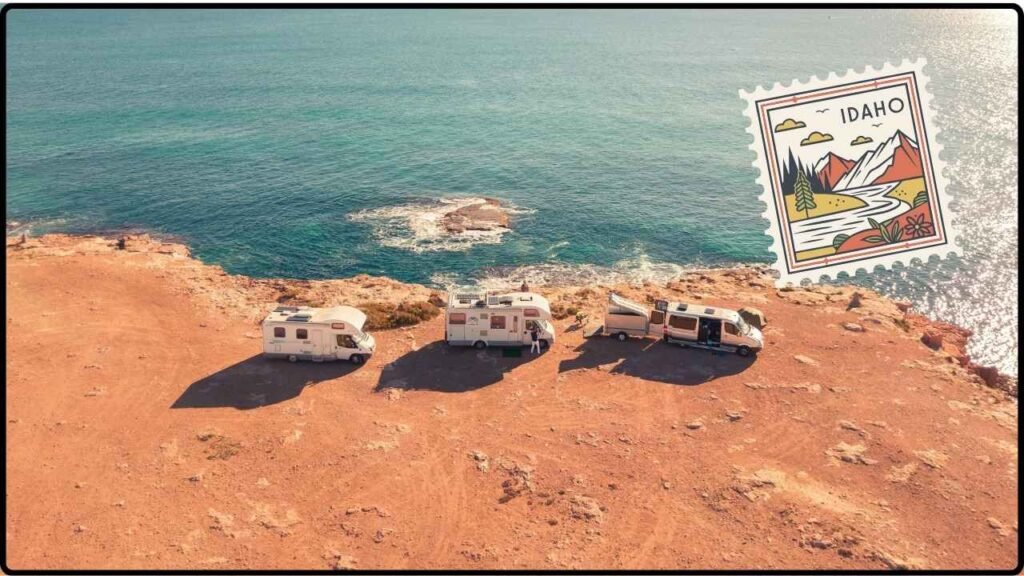
Boondocking in Idaho 101: If you’re itching for an outdoors adventure that’s free, wild, and totally off-grid, boondocking in Idaho is where it’s at. This guide breaks down everything you need to know about hitting the road and camping for free on Idaho’s vast public lands. Whether you’re a weekend warrior or a seasoned pro, grab your gear and let’s dive into the ultimate guide for boondocking in Idaho—where you can unplug, unwind, and soak up nature’s beauty without spending a dime. Boondocking, also known as dispersed camping, means camping outside of developed campgrounds—no hookups, no reservations, just you, your rig (or tent), and the great outdoors. It’s legal and widely practiced in Idaho, thanks to public lands making up about 61% of the state. With thousands of square miles of National Forest, Bureau of Land Management (BLM) land, and Wildlife Management Areas, Idaho is a boondocker’s dream.
Boondocking in Idaho 101
Boondocking in Idaho invites you to experience the raw, unfiltered beauty of the Gem State’s landscapes. This unparalleled access to pristine wilderness, combined with centuries of cultural history and careful stewardship, makes Idaho a premier spot for free camping adventures. By respecting nature, preparing properly, and following local regulations, you’ll ensure your trip is safe, sustainable, and unforgettable. Pack up your gear, know your spots, and get ready to sleep under the stars in one of America’s most spectacular boondocking destinations.
| Topic | Details |
|---|---|
| Legal Status | Boondocking legal on public BLM and National Forest lands |
| Public Land Percentage | 61% of Idaho land is public and accessible for dispersed camping |
| Maximum Stay Limits | 14 days max on BLM and Forest lands; 10 days on Wildlife Management Areas |
| Regulations | Camp at least 1 mile away from developed campgrounds/trailheads |
| Popular Areas | Boise National Forest, Sawtooth National Forest, Tripod Reservoir, Big Bar, Stanley |
| Permits/Fees | No permits/fees for dispersed camping, but fees apply in developed campgrounds |
| Safety Tips | Store food securely (bear country), bring water, follow Leave No Trace |
| New Legislation 2025 | Senate Bill 1141 restricts camping on public property in cities over 100,000 population (Boise) |
| Official Info Sources | BLM Camping Guidelines, Idaho Dept. of Lands |
A Brief History and Cultural Significance of Boondocking in Idaho 101
Boondocking in Idaho is more than just camping—it’s a connection to the land’s deep history and cultural roots. Idaho has been inhabited for at least 12,000 years, with Native American tribes like the Nez Perce, Shoshone, Paiute, and Bannock living sustainably off this land. These First Peoples managed the environment through seasonal burning to rejuvenate camas meadows and maintain open forest spaces, supporting diverse wildlife and plant life.
The term “boondocking” itself originates from the Tagalog word “bundok,” meaning mountain or remote area, picked up by American soldiers in the early 1900s. Today, boondocking represents a modern way to honor traditions of self-reliance and respect for nature.
Euro-American settlers, miners, and traders transformed the land in the 19th and 20th centuries, impacting ecosystems through logging, mining, and agriculture. Despite these changes, Idaho’s vast public lands remain a testament to preservation efforts and the enduring spirit of wild exploration. Many areas you’ll boondock today are near historic trails and sites where this story unfolded, adding a layer of richness to your camping experience.
Where to Boondock in Idaho?
Idaho offers dozens of prime spots to pull over your camper, RV, or even pitch a tent. Here are some fan-favorites:
Boise National Forest
This massive forest spans over 2.5 million acres filled with dispersed camping options, hiking trails, and stunning views. Stay up to 14 days, but remember to camp at least one mile away from developed campgrounds and trailheads.
Tripod Reservoir
Near McCall, this secluded spot offers swimming, fishing, and pure solitude with no amenities—perfect for campers who love to rough it.
Big Bar Camping Area (Payette National Forest)
Offering first-come, first-served spots with vault toilets and picnic tables, this is a favorite for RVers looking for free overnight stays amidst pine-scented forests.
Sawtooth National Forest
The Lake Creek Road area offers a wilderness vibe close to Ketchum town with quieter dispersed camping options and incredible mountain scenery.
Stanley and Nip and Tuck Road
These areas allow longer stays (up to 16 days) and provide spectacular access to the Sawtooth Wilderness, making them perfect for explorers eager to soak in some iconic Idaho landscapes.
Idaho’s Environment: Conservation and Responsible Practices
Idaho’s environments range from alpine meadows and dense pine forests to crystal-clear lakes. You’re stepping into fragile ecosystems, so protection is key. Avoid camping on vegetation, use established fire rings, and pack out all trash. The Leave No Trace principle is not just a slogan here—it’s a lifestyle to keep these wild spaces wild.
Wildfire risks fluctuate throughout the year, especially in summer and fall. Check current fire restrictions from local ranger stations or online resources. Consider using portable camp stoves during high-risk seasons to reduce fire danger. Every responsible camper can help maintain Idaho’s natural beauty.
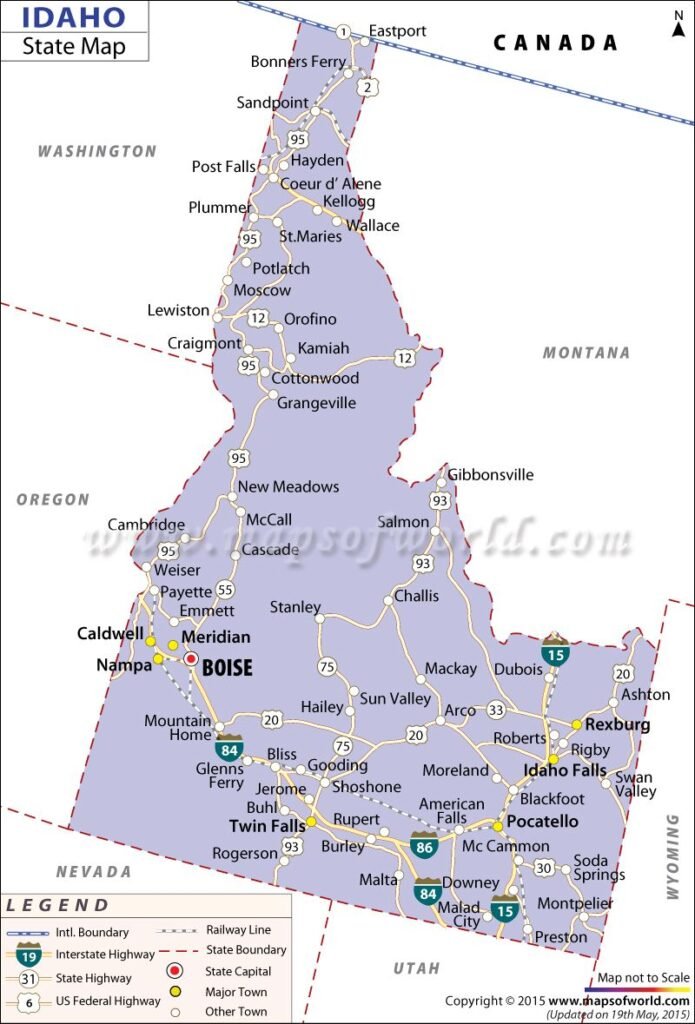
Helpful Tech and Resources for Boondockers
Navigating Idaho’s vast landscape is easier with a few tech tools:
- FreeCampsites.net and iOverlander offer user-shared free camping spots and notes.
- AllTrails helps you find nearby hikes and nature spots to explore.
- The US Forest Service App provides alerts, fire updates, and maps.
- Recreation.gov lists official information and permits related to federal lands.
Always carry offline maps or GPS devices because cell service can be spotty in remote Idaho backcountry.
Emergency Preparedness in Remote Idaho
Boondocking means self-sufficiency, but preparation makes all the difference:
- Carry a satellite messenger or personal locator beacon (PLB) since cell phones often won’t work.
- Pack a comprehensive first aid kit and know basic wilderness first aid.
- Bring extra food, water, and clothing for unexpected weather shifts.
- Share your itinerary with a friend or family member.
- Avoid night driving on unfamiliar or narrow mountain roads for safety.
Preparedness will ensure peace of mind and the best chances for an epic Idaho adventure.
Idaho’s Wildlife and Plants to Respect
Idaho’s wildlands teem with life—from black bears, moose, and elk to eagles soaring overhead. Keep a respectful distance from all wildlife, never feed animals, and store food securely to avoid attractants.
Plant life like camas lilies and Ponderosa pines can be sensitive to trampling, so camp only in designated or durable spots. Observing and respecting Idaho’s natural inhabitants enriches your boondocking experience.
Fire Tips for Safe Boondocking in Idaho 101
A campfire adds warmth and ambiance, but fires must be handled carefully:
- Use established fire rings or fire pans when available.
- Keep fires small and manageable.
- Always fully extinguish fires with plenty of water and stir ashes until cold.
- Respect fire bans during dry seasons—use camp stoves for cooking as a safe alternative.
Fire safety is a community effort helping keep Idaho’s wilderness open and safe for everyone.

Respecting Indigenous Lands and Local Culture
Before you set up camp, be aware that some areas are on or near Indigenous lands where special consideration or permissions may be required. The Nez Perce, Shoshone, Paiute, Bannock, and other tribes have longstanding ties to these regions.
Respect cultural sites, learn about their history when possible, and support Indigenous businesses or events. This amplifies your connection to the land and honors those who first cared for these spaces.
First-Time Boondocker Checklist
- Water (5 gallons per person per day)
- Food & snacks, stored bear-proof
- Tent or camper with sleeping gear
- Portable toilet or waste bags
- Fire extinguisher, shovel, and bucket
- Camera, binoculars, and maps (offline ready)
- Weather-appropriate layers
- Satellite messenger or emergency beacon
- Trash bags and biodegradable soap
- Camping permits if necessary for specific areas
